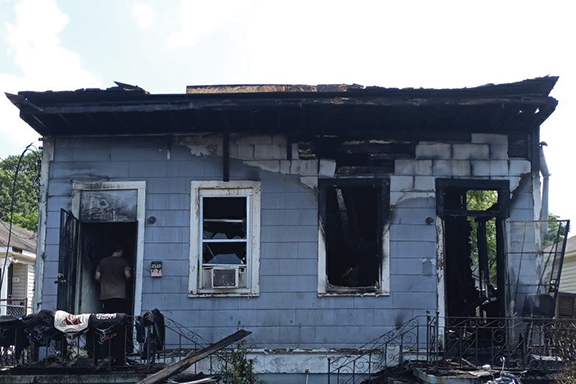Increasing Portfolio Value and Reducing Risk
The Need to Perfect Loan Collateral and Document Custody by Debbie Lastoria and Meaghan Hanley Every loan has a value at origination. The loan officer makes their commission, and based on the secondary market, the investor pays for a loan in accordance with the underwriting basis for which it was closed. This value should survive the life of the loan—but we all know it may not. The value may be
Read More








